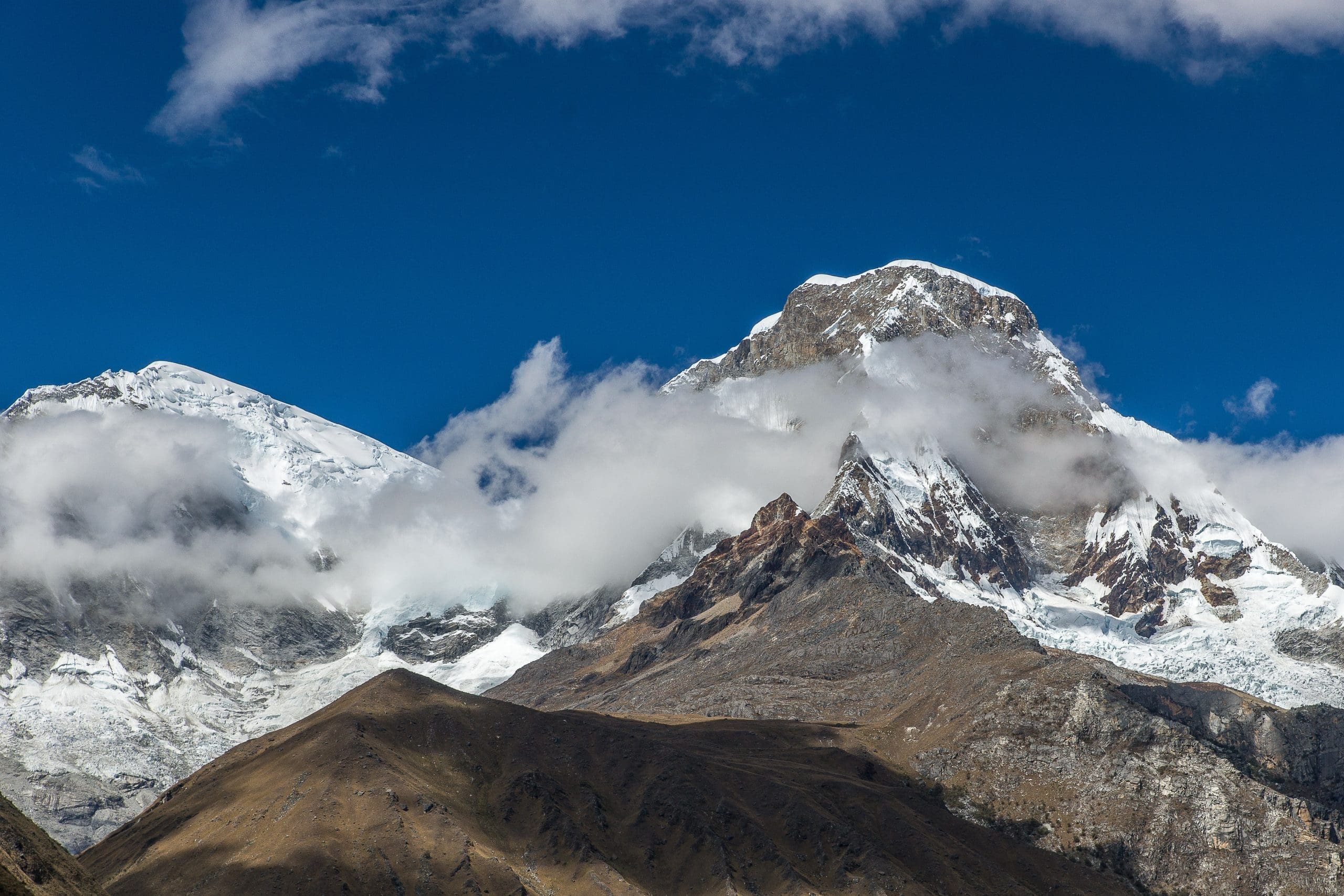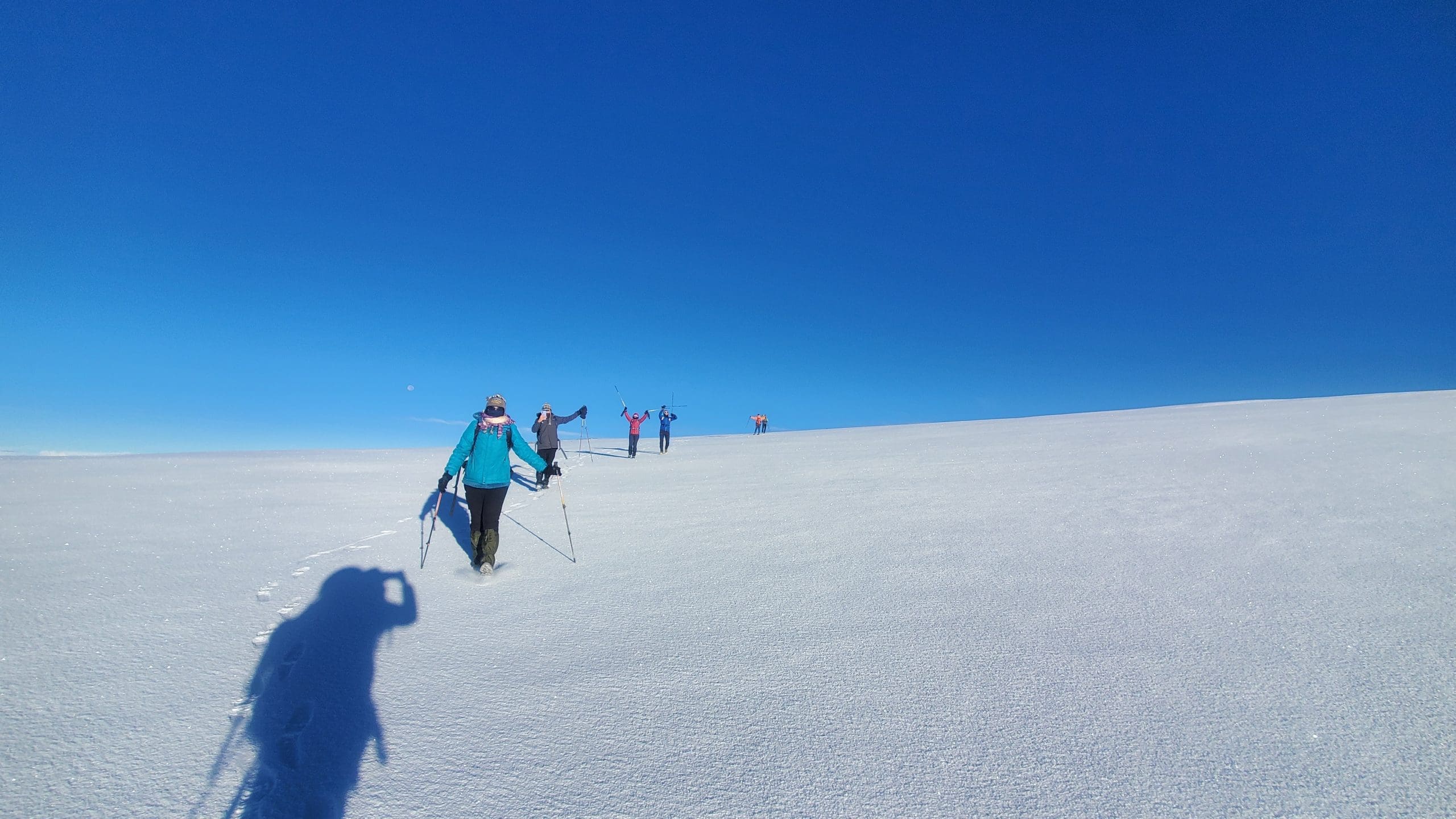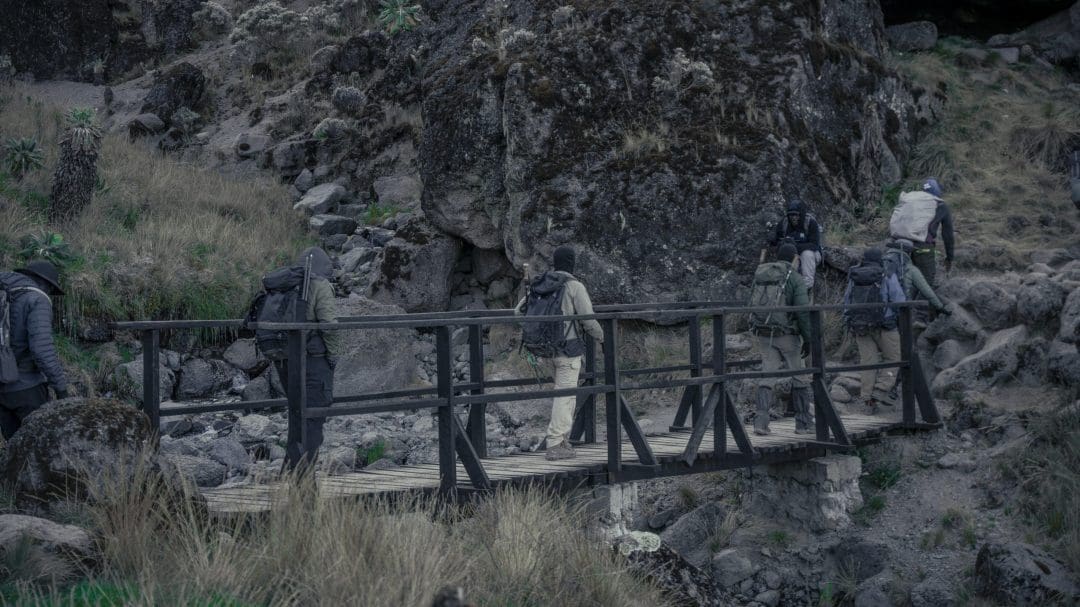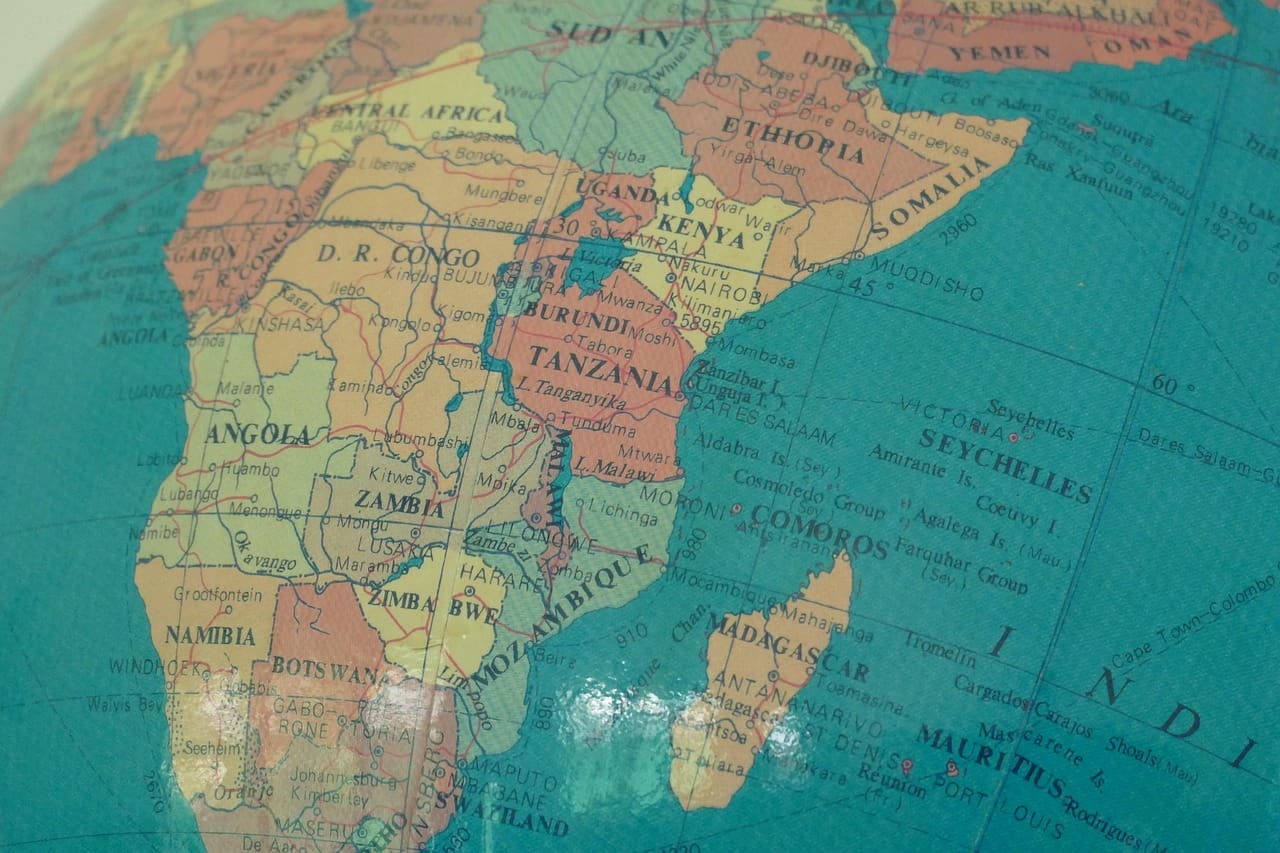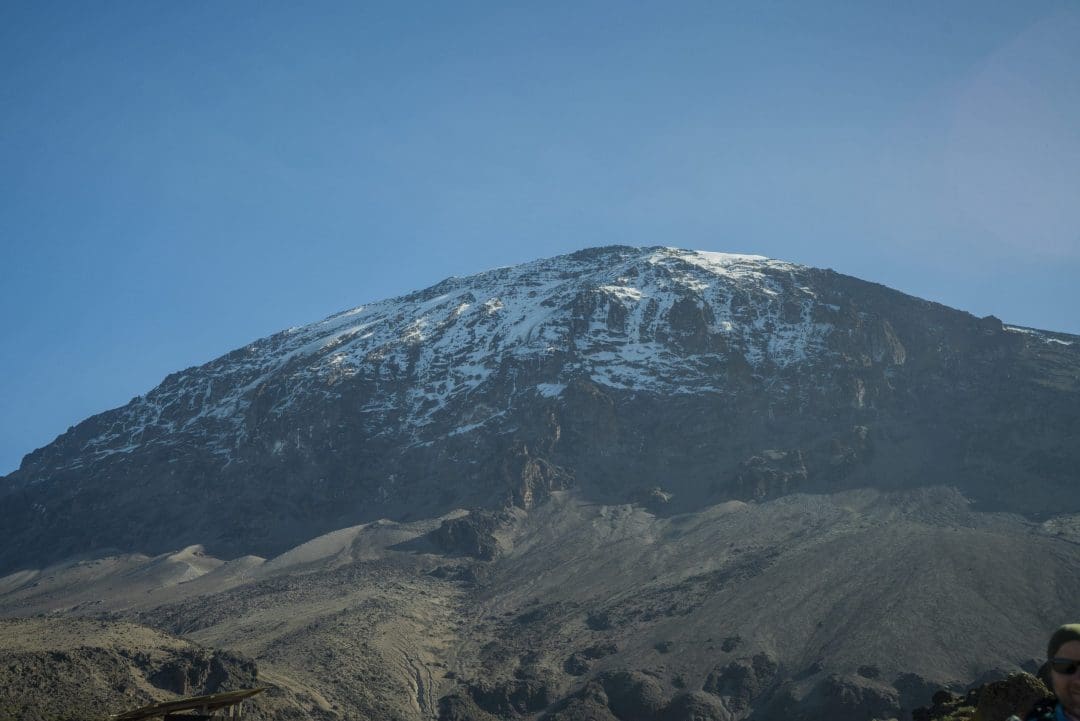South America is home to some of the world’s most jaw-dropping landscapes, dominated by the mighty Andes, the longest continental mountain range on Earth. These soaring giants are visible all over Argentina, Chile, Peru, and Bolivia and provide extreme altitude endeavours, volcanic beauty, and ancient culture.
But what is the highest peak in South America, and how does it compare to other iconic summits?
Let’s explore the 15 highest mountains in South America, their features, and what makes each one unique.
1. Mount Aconcagua – Argentina
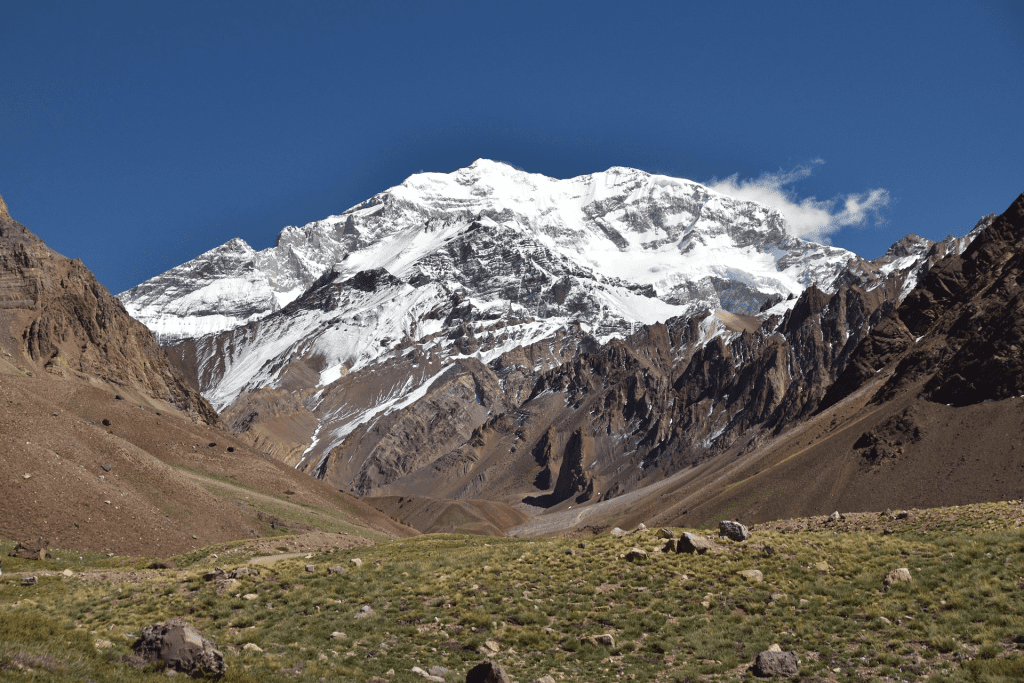
Elevation: 6,961 m (22,838 ft)
Location: Mendoza Province, Argentina
As the highest peak in South America, Mount Aconcagua also holds the title of the tallest mountain in the Western and Southern Hemispheres. It is a part of the Andes and is close to the border with Chile. Aconcagua, though volcanic in origin, is not active currently.
Climbers often begin their ascent from Plaza de Mulas base camp, following the Standard Route, which involves no technical climbing skills. Despite this, altitude sickness is a major challenge. The first recorded climb was in 1879 by Matthias Zurbriggen. In local indigenous traditions, the mountain is sometimes referred to as Ackon Cahuak, meaning “Stone Sentinel”, a name that reflects its role as a silent guardian watching over the Andes for millennia.
2. Ojos del Salado – Chile/Argentina
Elevation: 6,893 m (22,615 ft)
Location: Atacama Region, Chile / Catamarca Province, Argentina
The Ojos del Salado is situated between Chile and Argentina, and it is the highest active volcano in the world, and the second highest mountain in South America. It is a strange-looking mountain, all grey and shaded. Although somewhat less than Aconcagua, it is also famed for its remote setting and surreal beauty, even a crater lake near the top, the highest mountain in the world. The volcano isn’t entirely extinct, with minor activity still occurring on the peak from time to time. On the ground, you can smell the sulphur leaking out of the mountain. The first recorded climb was in 1937, by Jan Alfred Szczepański and Justyn Wojsznis.
3. Monte Pissis – Argentina
Elevation: 6,793 m (22,287 ft)
Location: La Rioja and Catamarca provinces, Argentina
First Recorded Climb: 1937, by Stefan Osiecki and Jan Alfred Szczepański
Monte Pissis is the third-highest mountain in South America and one of the tallest volcanic peaks in the Andes. The mountain is named after French-born geologist Pedro José Amadeo Pissis, who surveyed most of the geography of Chile in the nineteenth century. The hill rises in a desert high-altitude region characterised by its dryness and the thin air.
Though it is a dormant volcano, it is always covered by snow on its summit area due to the high elevation. The climb is not technically challenging, but the remoteness and harsh conditions, like high winds and limited water, make it an actual test of endurance. There are very few climbers who attempt it, unlike Aconcagua or Ojos del Salado, which makes it feel untouched and wild.
For experienced mountaineers seeking solitude and high-altitude challenge, Monte Pissis is one of South America’s most underrated giants.
4. Huascarán – Peru
Elevation: 6,768 m (22,205 ft)
Location: Cordillera Blanca, Peru
The highest mountain in Peru, Huascarán, is a massive peak split into two summits: North and South. The highest one is the South Summit. Set within Huascarán National Park, it’s also a UNESCO World Heritage Site, making it one of the most iconic mountains in South America. It was first ascended in 1908 by a team including Annie Smith Peck. In 1932, a German-Austrian team reached the summit of Huascarán Sur. The area surrounding Huascarán is rich in Andean culture, home to many Quechua communities who have lived in harmony with these peaks for centuries.
5. Cerro Bonete – Argentina
- Elevation: 6,759 m (22,175 ft)
This peak, often referred to as Cerro Bonete Chico, lies in the highlands of northern La Rioja and should not be confused with Bolivia’s similarly named mountain. Standing at over 6,700 meters, it is one of the highest summits in the Argentine Andes and presents a truly remote adventure.
The climb itself is not considered technically demanding, but the sheer isolation and altitude make it a serious expedition. Reaching the summit typically takes around two weeks, including acclimatisation. Trekkers spend days navigating through arid plateaus, glacial moraines, and windy high-altitude passes—entirely removed from the noise and pace of modern life.
Cerro Bonete is rarely crowded, attracting seasoned climbers who seek a more solitary and immersive Andean experience than Aconcagua or Ojos del Salado can offer. The panoramic views from its slopes are dramatic, showcasing Argentina’s wild and rugged interior.
6. Tres Cruces Sur – Chile/Argentina
- Elevation: 6,748 m (22,139 ft)
- Location: Catamarca Province, Argentina, and Copiapó Province, Atacama Region, Chile
Part of the Tres Cruces massif, the southern peak is the tallest and features icy slopes and windy ridges. Like other mountains in Argentina and Chile, it is rugged and demanding. There are two summits, the highest being the 6,748m peak. The mountain is of volcanic origin, which has a history of volcanic activity dating back over 1.5 million years.
7. Llullaillaco – Chile/Argentina
- Elevation: 6,739 m (22,110 ft)
Llullaillaco is famous not just for its height but also for the Incan archaeological finds near its summit, including mummified remains. It holds deep cultural and historical significance.
8. Mercedario – Argentina
- Elevation: 6,720 m (22,047 ft)
Mercedario is a towering, yet often overlooked, mountain located in Argentina’s San Juan Province, just north of the more famous Aconcagua. Despite being among the tallest peaks in South America, it sees significantly fewer climbers, making it ideal for adventurers seeking serenity and open skies. The mountain offers dramatic landscapes of glaciers, rock walls, and arid valleys, creating a uniquely rugged climbing environment.
Though technically less demanding than Aconcagua, Mercedario’s isolation, high altitude, and unpredictable weather demand respect. Expeditions often require strong acclimatisation strategies and logistical planning. Culturally and geologically significant, Mercedario provides a raw, unfiltered Andean experience that rewards climbers with awe-inspiring views and solitude.
9. Incahuasi – Chile/Argentina
- Elevation: 6,638 m (21,778 ft)
Incahuasi, or House of the Inca in Quechua, is a spectacular stratovolcano across the Chile-Argentina border. It lies in the Central Volcanic Zone of the Andes and is famous due to its almost perfect cone-like shape and symmetric snow-topped summit. Incahuasi, with a summit crater of more than 500 meters, is beautiful as well as geologically interesting.
With its height, Incahuasi is still relatively open to high-altitude climbers (notably those who have experience climbing a volcanic landscape). It is also archaeologically fascinating- Incan ruins and pyramidal collection grounds have been found in its highest spheres, indicating that it was a sanctified place in prehistoric Andean civilisations. The mountain top has clear skies and beautiful plains of the desert, which makes the place suitable for taking great photographs.
10. Tupungato – Chile/Argentina
- Elevation: 6,570 m (21,560 ft)
Tupungato is one of the most iconic stratovolcanoes in the Southern Andes, situated southeast of Santiago, Chile. On clear days, the snow-capped summit is visible from the city skyline, offering urban dwellers a distant glimpse of the high Andes. Despite being an active volcano, its last eruption occurred in the early 20th century, and it remains quiet today.
Known for its broad summit and massive glaciated flanks, Tupungato draws experienced climbers looking for a technical yet accessible ascent. Routes typically begin from the Chilean side, where the mountain’s proximity to the capital allows for relatively straightforward travel. The mountain is part of the Tupungato Provincial Park and forms a significant component of the region’s water catchment system due to its glaciers. It’s one of the most accessible mountains in Chile for experienced hikers.
11. Parinacota – Bolivia/Chile
- Elevation: 6,348 m (20,827 ft)
Parinacota is a breathtaking mountain, which is a volcano found in the Andes Mountain range in the Lauca National Park. It offers a mountainside with a completely symmetrical shape and snow-capped peak, thus making it one of the most photogenic volcanoes in South America. It towers along with its twin peak (Pomerape) above the sights of Lake Chungará.
But Parinacota is not just a geological miracle; it has a spiritual significance to the Aymara people who consider it to be a holy mountain. Its terrain is moderately easy to climb, hence an ideal option that should allow climbers to combine the experience of altitude with the knowledge of culture and tradition. It is also rich with wildlife- vicuñas, flamingos, and condors can regularly be found around its base.
12. Chimborazo – Ecuador
- Elevation: 6,263 m (20,548 ft)
Chimborazo is Ecuador’s highest mountain and holds a unique title. It is the farthest point from the Earth’s centre, thanks to the planet’s equatorial bulge. This dormant volcano dominates the skyline near Riobamba and is both culturally and scientifically significant.
Its icy flanks are a training ground for Ecuadorian mountaineers, while its summit remains a dream for global adventurers. Chimborazo has several glaciated routes, with the most common starting from the Carrel Hut. Climbing here not only challenges one’s altitude adaptation but also immerses hikers in Quechua heritage, as the area is home to indigenous communities. The panoramic views from Chimborazo’s slopes are nothing short of breathtaking.
While Chimborazo isn’t the tallest by elevation, it remains one of the most fascinating peaks on the planet due to its position on the equator. If you’re curious how it compares to peaks in North America, see our exploration of the Tallest Mountains in the Continental United States. The differences in altitude and topography are truly striking.
13. El Misti – Peru
- Elevation: 5,822 m (19,101 ft)
Towering over the colonial city of Arequipa, El Misti is one of Peru’s most famous volcanoes. It features a classic conical shape and remains an active stratovolcano, though its last significant eruption was in the 15th century. Easily visible from almost every point in the city, El Misti blends natural beauty with historical and cultural relevance.
Archaeological expeditions have uncovered Incan burial sites near the summit, suggesting the mountain’s spiritual significance. The climb is popular due to its accessibility, making it ideal for well-acclimatised beginners or trekkers looking for a shorter expedition. Its dry slopes and scenic backdrop offer dramatic contrasts and unforgettable sunsets.
14. Antisana – Ecuador
- Elevation: 5,704 m (18,714 ft)
Antisana is one of the most remote and challenging volcanoes in Ecuador’s Andes. Located southeast of Quito, it is part of the Eastern Cordillera and is renowned for its steep glaciated slopes, unpredictable weather, and rugged beauty. Unlike nearby Cotopaxi or Chimborazo, Antisana receives fewer climbers due to its technical requirements and complex access routes.
Surrounded by cloud forests and páramo ecosystems, the region is a haven for biodiversity. The mountain itself is wrapped in ice, fed by the Antisana Glacier, an essential source of water for Quito. It is a Polish glacier-covered volcano less frequented than nearby peaks, making it ideal for solitude-seeking climbers.
15. Illimani – Bolivia
- Elevation: 6,438 m (21,122 ft)
Illimani stands as a powerful symbol overlooking Bolivia’s capital, La Paz. Its four snow-capped peaks are often cloaked in clouds, creating an awe-inspiring silhouette visible from much of the city. At over 6,400 meters, it is the second-highest peak in Bolivia and remains an enduring icon of Andean identity.
The mountain holds deep cultural and spiritual meaning, especially among the indigenous Aymara population. Its glaciers are rapidly retreating due to climate change, adding urgency to the stories it carries. The most popular climbing route is technical and suited to experienced climbers with glacier travel skills. Still, even from afar, Illimani leaves a profound impression on all who see it.
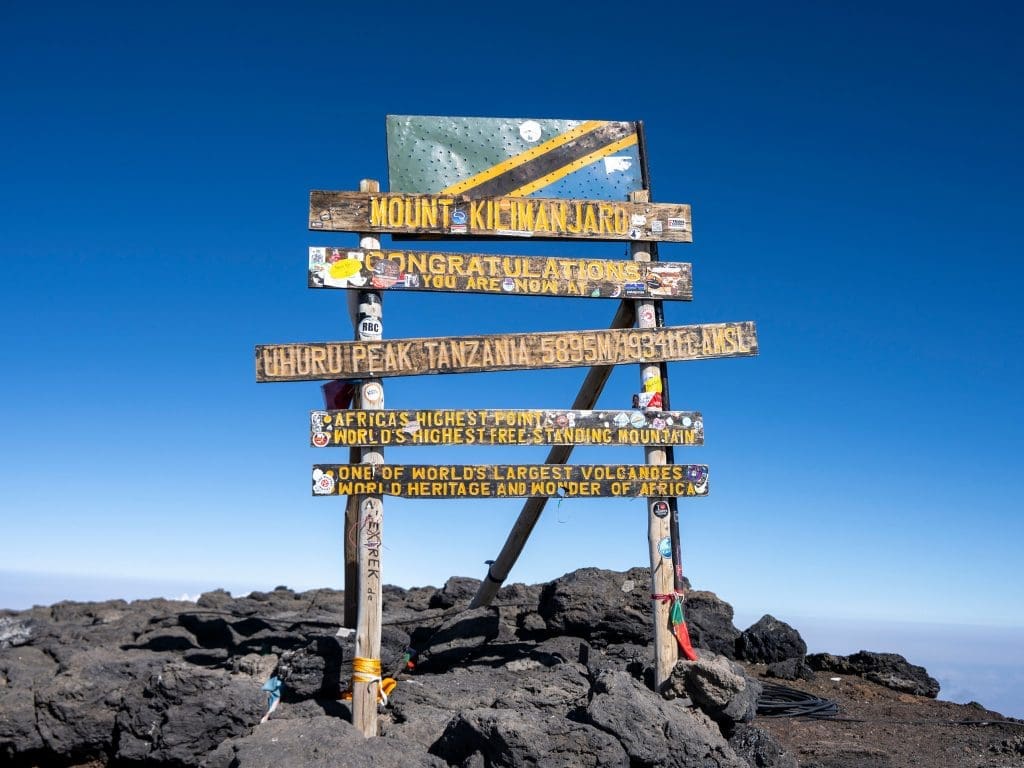
Highest Mountains in South America compared to Kilimanjaro?
While Mount Kilimanjaro in Tanzania is the tallest freestanding mountain in the world at 5,895 m, South America’s highest peaks exceed 6,000 meters and are part of the extensive Andes range. They’re known for their volcanic origin, extreme altitude, and remote environments, offering a different kind of challenge.
If you’re looking for an African adventure instead, learn more about climbing Mount Kilimanjaro.
Although Aconcagua towers above Kilimanjaro in terms of sheer elevation, Africa’s tallest mountain offers a non-technical route rich in biodiversity and dramatic scenery. If you’re interested in how it measures up in exact figures, check out our complete guide to Mount Kilimanjaro Height.
FAQs
1. What is the highest peak in South America?
Mount Aconcagua in Argentina, at 6,961 meters (22,838 feet), is the highest peak in South America.
2. Which South American country has the tallest mountains?
Argentina leads with the highest number of 6,000+ meter peaks, followed by Chile and Peru.
3. Are all the highest mountains in South America part of the Andes?
Yes, the Andes mountain range contains all of the continent’s highest peaks.
4. How do these peaks compare to Kilimanjaro?
While Kilimanjaro is a standalone mountain, South American peaks like Aconcagua belong to vast ranges and are typically higher but may require more technical skill.



